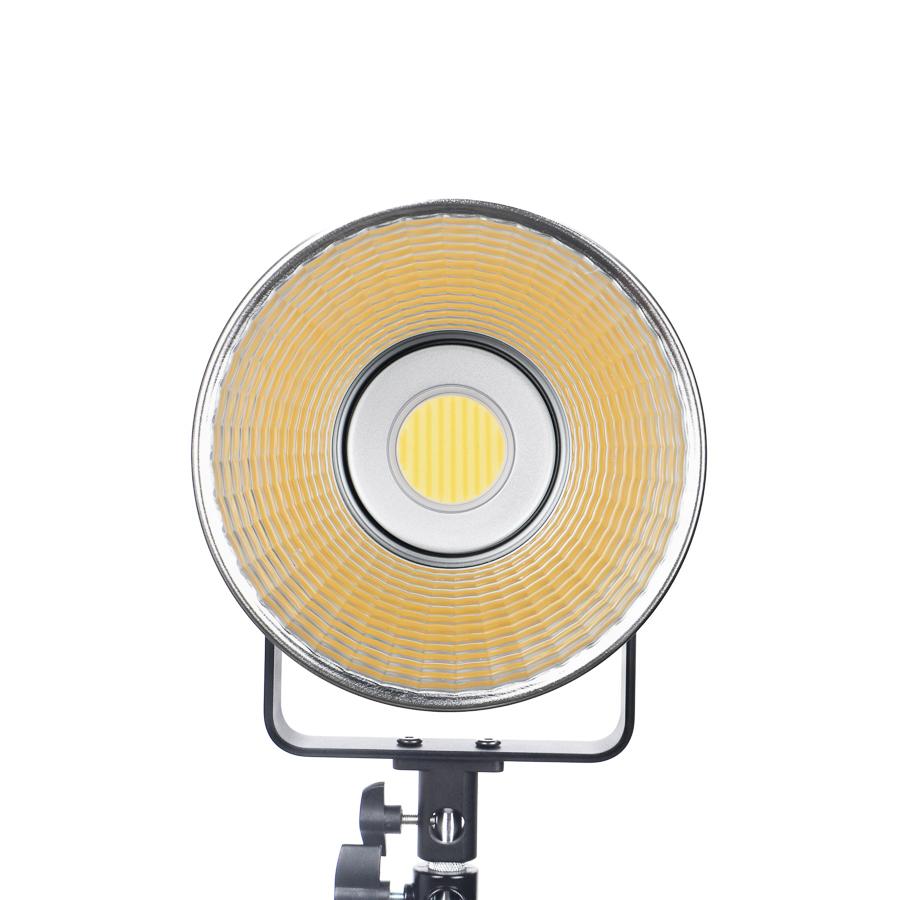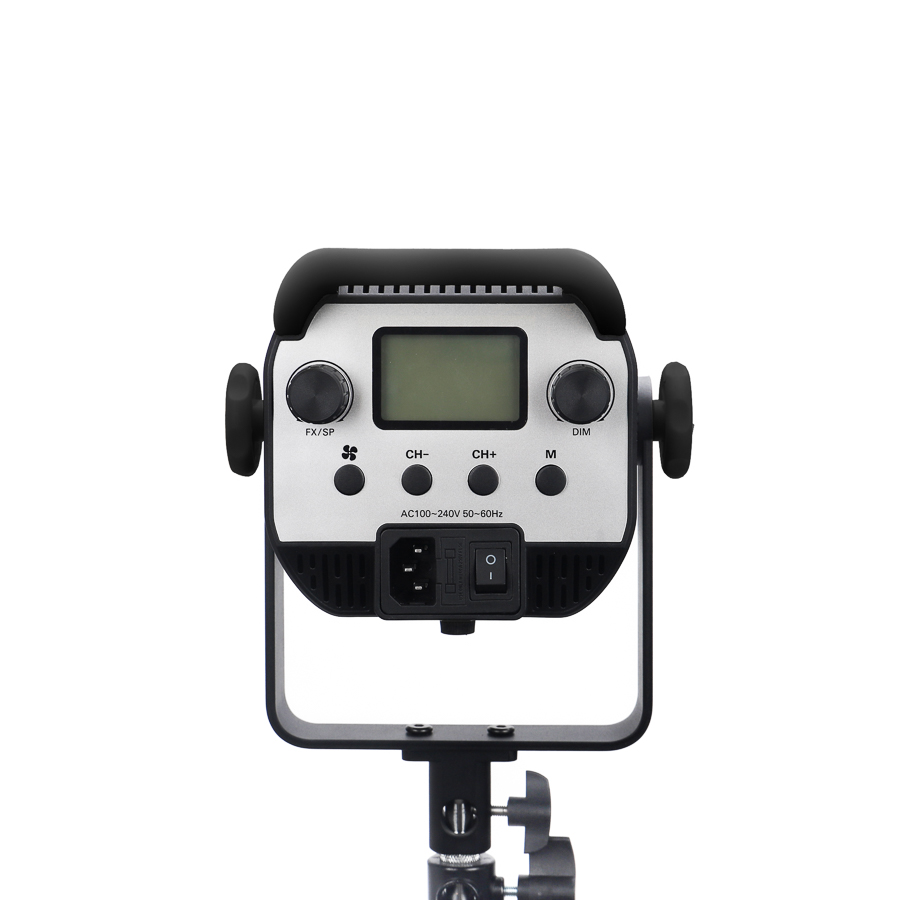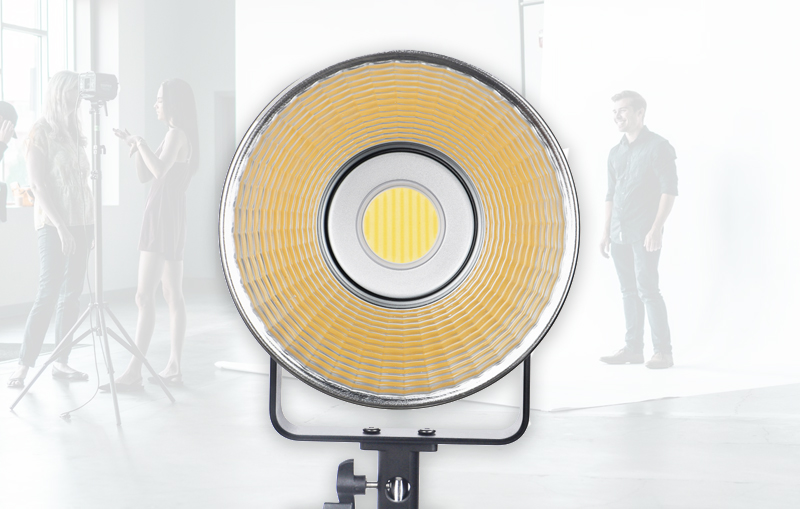Permanent lighting in a photo or film studio is the foundation of the creative process, determining the final appearance of the image. Whether you’re a beginner photographer or an experienced director, understanding basic lighting concepts is crucial to achieving the desired results in your work.
Permanent lightingin a photo or film studio it plays a key role in shaping the atmosphere, mood and overall image quality. Whether you’re a beginner photographer or an experienced filmmaker, understanding basic lighting concepts is essential to achieving the desired results in your work. In this article, we will analyze seven important things to learn about permanent lighting in the studio.
Permanent lighting in the studio: basic information
Constant lighting, unlike flash lighting, emits constant light, which allows precise control over the lighting in real time. This is a key element in the photo and video production process because it allows you to capture the right lighting and shadows, which is crucial for the final visual effect.
Color temperature of constant light
Color temperature is one of the most important factors influencing the appearance of an image. Permanent lighting can have different color temperatures, expressed in kelvins (K). Daylight is usually around 5600K, while incandescent light is around 3200K. Choosing the right color temperature is crucial to maintaining natural colors in photography and video.
Types of permanent lights
In a photography or film studio, you will find a variety of types of fixed lights, each with its own features and uses. Continuous lamps, spotlights, LED and fluorescent lights are just some of them. Each type has its place in photo and video production, so it is important to understand their differences and capabilities.
Light intensity control
One of the advantages of constant lighting is the ability to precisely control the intensity of the emitted light. Thanks to intensity regulators, we can adjust the lighting to specific needs, which allows us to achieve the desired effects in terms of brightness and contrast.
Power and directionality of permanent lights
The power and directionality of constant lights are key factors influencing the final appearance of the image. The selection of appropriate light sources and their arrangement are important for obtaining the desired lighting and image composition.

Advantages of soft lights
Soft lights are often preferred in portraits because they provide even and soft lighting, minimizing harsh shadows. There are many ways to create a soft light effect, making them a versatile tool for creating high-quality photos and videos.
The use of light modifiers
Light modifiers, such as softboxes, umbrellas or diffusion panels, allow you to adjust the nature of light to specific design needs. They control the direction, intensity and dispersion of light, enabling you to achieve the desired effects in your creative production.
Balancing different light sources
In many cases, it is necessary to balance different light sources, for example natural light with studio lamps. Correctly adjusting the lighting balance allows you to obtain a natural-looking image, avoiding undesirable effects such as overexposure or too deep shadows.
Lighting techniques in the studio
Knowledge of basic lighting techniques such as key lighting, fill lighting, and background lighting is crucial to achieving the desired effects in photography and video. Understanding their use allows you to experiment creatively and achieve unique results.
Examples of applications of permanent lighting
Permanent lighting is widely used in the field of photography and film, from portraits to advertising photos, from the production of feature films to music videos. It allows you to create high-quality images while maintaining full control over lighting and composition.
Lighting tips
To get the best results when working with permanent lighting, it is worth using practical tips and tricks. Understanding the basic principles of lighting and experimenting with different lighting techniques allows you to achieve exceptional results in photography and film.

Trends in permanent lighting
The world of permanent lighting is constantly evolving, introducing new technologies and trends. Currently, LED lights are becoming more and more popular due to their energy efficiency and high light quality. Following the latest trends allows you to stay up to date with technological innovations in the field of lighting.
Experimenting with lighting
Experimenting with constant lighting is a key part of developing your photography and filmmaking skills. Testing different lighting configurations allows you to discover new creative possibilities and achieve unique effects in your work.
Impact of lighting on mood
Constant lighting has a huge impact on the atmosphere and mood in photography and film. A properly selected light composition can emphasize emotions, creating an intense and captivating visual experience for the viewer.
Summary: Key points about permanent lighting
Permanent lighting in the studio is not only a technical element of production, but also a powerful tool for expressing your creativity. Understanding the basic principles of lighting and experimenting with different techniques allows you to achieve exceptional results in photography and film. Remember that lighting is not only a way to illuminate an object, but also to express emotions and convey a story through light.

